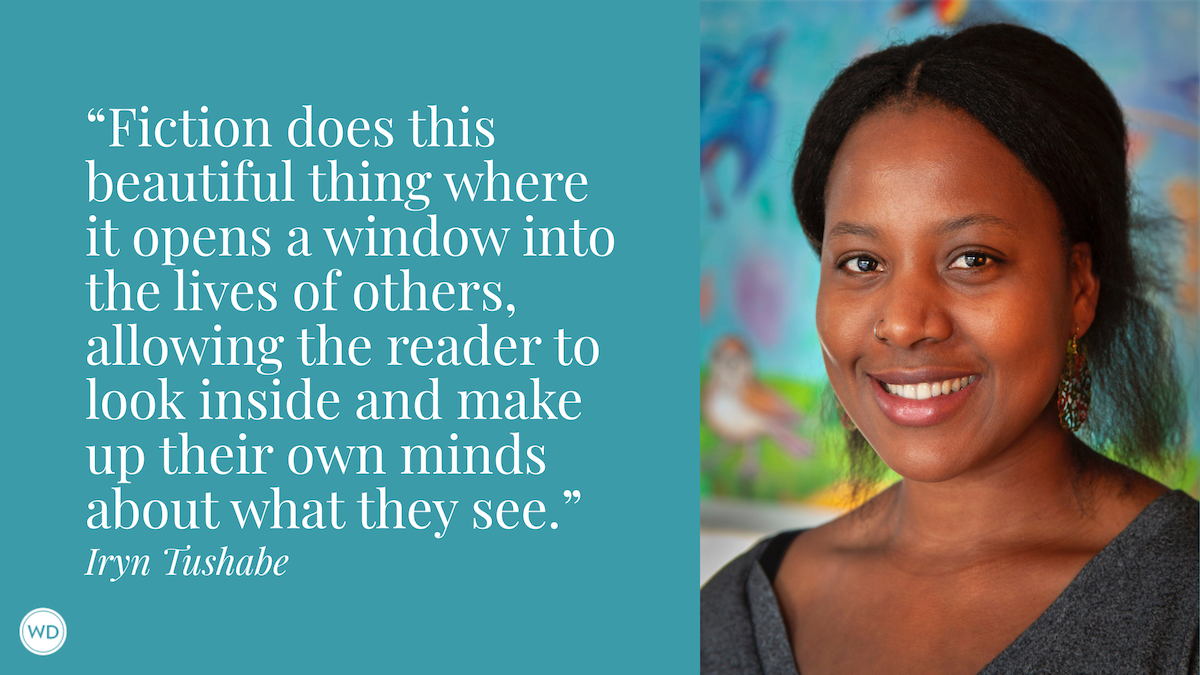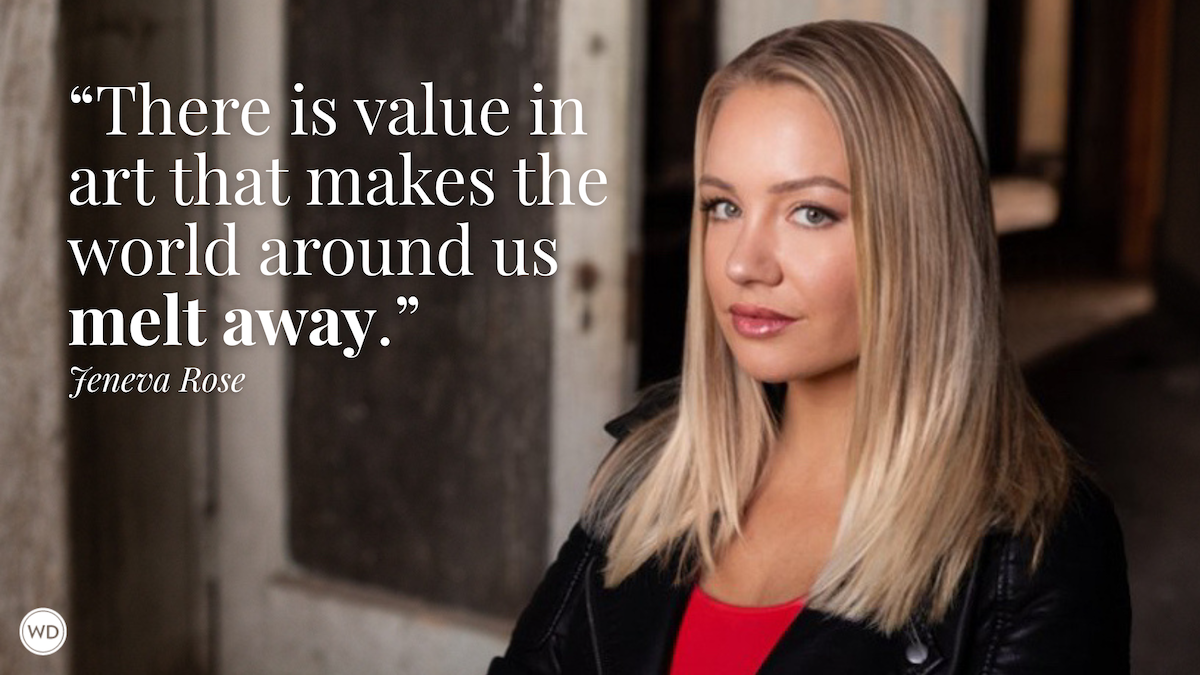Reframing Complicated Historical Characters in Fiction: How I Rewrote Wallis Simpson
Historical fiction is the blend of in-depth research and imagination. But what happens when your research doesn’t match what you imagined of the real-life person? Author Wendy Holden discusses reframing complicated historical characters in fiction.
Wallis Simpson has always fascinated me. As a child, I pored over images of her in my granny’s Coronation book from 1937, the year Edward VIII should have been crowned but wasn’t. The reason he wasn’t was Wallis, the villainess of the piece, the ruthless American social climber who had stolen England’s king. She certainly looked it in the photos; stroking a lapdog like Ernest Blofeld in the James Bond films whilst sporting a vast emerald ring. I didn’t question this version of her; why would I?
And then, a couple of years ago, I was writing The Governess, the first novel in my trilogy about women who turned the House of Windsor upside down. The Governess tells the story of Marion Crawford, the young Scotswoman who taught The Queen, but whose close bond with the royal family was later dramatically broken. Wallis appeared in a scene with Marion, at first with only a couple of lines. She ended up taking over the whole chapter!
The scene between the two women takes place in Scotland. Marion is walking in the countryside around Balmoral when she unexpectedly comes across Mrs. Simpson. Wallis explains that she has just arrived to stay with the King, who met her at Aberdeen station. This caused a massive hoo-ha because Edward had been due to open a hospital. He blew them out so he could pick up Wallis, and this caused fury among the Scots who all blamed Mrs. Simpson. In the scene with Marion, Wallis describes her initial confusion, then her anger at what the King has done and the position he has put her in.
It was a great scene to write because I felt it conveyed what was almost certainly the truth. Because surely Wallis had no idea about the hospital in advance. Edward was hardly likely to have told her, after all. From there, I began to imagine the real story behind other similar incidents in which Wallis carried the can for her royal lover’s bad behavior. I began to research, always imagining an alternative scenario; the other side of the story.
IndieBound | Bookshop | Amazon
[WD uses affiliate links.]
As with all my historical novels, I read everything about my subject I could get my hands on. Particularly valuable were the letters Edward and Wallis wrote to each other, and the excellent and very amusing autobiographies they wrote about themselves. Then there were the diaries of socialites and royal intimates, such as Henry ‘Chips’ Channon and Lady Diana Cooper. All of them provided a very different slant on Wallis. The more I read, the less evidence there seemed to be for the traditional idea of her as a heartless gold-digger who schemed to be Queen of England. Before long I had a whole alternative narrative, a much more sympathetic one.
The Wallis of The Duchess is lively, funny and kind. And this seems to have been her real personality; many contemporaries mention what a wonderful hostess she was, how every detail at her parties was perfection. But they also say that she was nice to bores, that she noticed people with no one to talk to and drew them in. It was this generosity and her lack of sycophancy which attracted the Prince of Wales. Accustomed to being smarmed over from morning till night, he found her breezy Stateside ways refreshing. She also encouraged him in his ambitions to modernize the monarchy. ‘You’re the only person who’s ever been interested in my job, Wallis,” he told her.
My determination to throw new light on Wallis was greatly helped by my discovery of what I think of as her ‘Cinderella years’ in Britain. Few people know that when Wallis arrived in London in 1928, she was a penniless divorcee with no social contacts. But everyone knows that a few years later she captured the heart of the glamorous Prince of Wales, the world’s most eligible bachelor. So, what happened in between? Quite a few lonely and difficult years, as it happens, but also plenty of humor and surprises as Wallis gets to grips with everything from Cockney accents to terrible English food. The way she dealt with all this, and the series of events and people which led this American Cinderella to the handsome English Prince, were fascinating, illuminating, and unexpected. And it is this journey The Duchess takes you on, from Wallis’s years of obscurity to the glittering whirl of royal favorite and then to the darkening drama once Edward took the throne.
Revisionism is addictive, and once I had started looking at everything Wallis-wise from a new and original viewpoint, it wasn’t long before I started examining the Abdication itself. The traditional version of events, as already mentioned, has always been that the socially ambitious American used the king. But was the truth in fact the opposite; that the king used Wallis to escape his royal destiny?
The more I researched, wrote and thought, the more likely it seemed. Edward must have known that neither nation nor Establishment would have ever accepted Wallis becoming his wife. And yet he insisted on marrying her, and before his coronation too. Had he waited until afterwards, a mere few more months, he might have got away with it. The fact that he didn’t wait seems crazy, until you realize that he didn’t want to get away with it. That in fact, he wanted out. But I’m equally sure that Wallis had no idea about this, and in The Duchess, as the Abdication crisis gathers momentum, she is increasingly appalled at the situation in which she finds herself. It was a gripping and dramatic part of the novel to write. I felt intensely sorry for her; it must have been terrifying.
The Duchess deals only with Wallis’s story up to the Abdication, as it was that journey from obscurity to royal favorite that interested me most. After 1936 the Windsors went into what turned out to be lifelong exile, which the ex-King in particular had never for a moment imagined possible. Their periodic attempts to return to Britain were fiercely resisted by the Establishment. A campaign of negative propaganda was mounted against them in which photographs of them meeting Hitler in 1937 proved more than useful.
At the time, of course, many high-ranking Britons went to Berlin, invited by the regime to admire the Nazi ‘economic miracle’. And personally I don’t think Edward and Wallis were Nazi sympathizers. Not a shred of conclusive evidence has ever emerged to prove it and the idea of Edward being a puppet ruler under Hitler seems to me particularly unlikely. If he didn’t want to be King of England with the whole world worshipping him, why on earth would he want to be one under the Nazis?
Wallis and Edward have been besmirched by history in my view. But that was an opportunity for me. I wanted to rehabilitate her character, and breaking fresh ground with my approach made working on The Duchess thrilling. And yet it also felt strangely familiar. The points of comparison between the story of Wallis and that of a more recent American Duchess are striking. Did Prince Harry see Meghan Markle as an escape route in much the same way as Edward did Wallis? It’s possible, but whatever happened there, the idea that other ‘truths’ may lie behind controversial royal figures has never been more current.
This will obviously continue to be a theme in the novel I am now working on; the third and final in this trilogy about ‘difficult’ women in the House of Windsor. The Princess, out next summer, is about the early life of Princess Diana.
Wendy Holden is a British novelist of comedies of manners. She has written numerous books and is a celebrated journalist. She's authored ten Sunday Times top ten bestsellers and has sold over three million copies worldwide. She lives in England.








